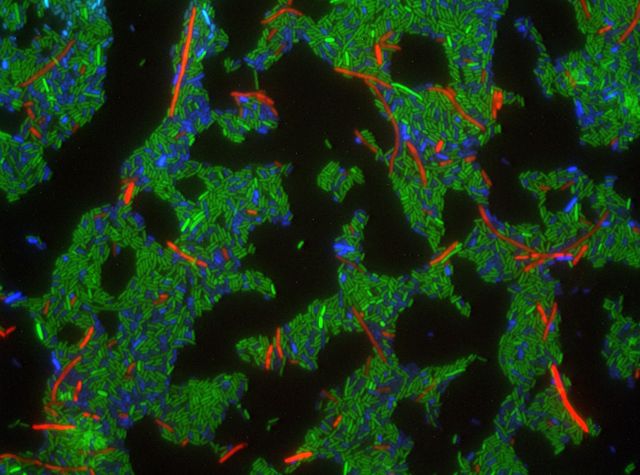
The Hayes Laboratory
Intercellular conflict and antibacterial toxins
All bacteria compete for growth niches and other limited resources in the environment. These existential battles are waged at several levels, but one common strategy entails the transfer of growth-inhibitory protein toxins directly between competing cells. Toxic antibacterial effectors are invariably encoded together with immunity proteins, which protect the cell from auto-inhibition and from intoxication by neighboring siblings. Antibacterial effector-immunity protein pairs are extraordinarily diverse in sequence, and each immunity protein only provides protection against its cognate toxin. Thus, toxin-immunity protein polymorphism underpins an important mechanism of self/nonself discrimination between bacteria. The Hayes lab is interested in the structure, function and physiology of specialized secretion systems that mediate inter-bacterial conflict. Because these systems readily penetrate the bacterial cell envelope, they are of considerable interest for the development of novel approaches to antimicrobial therapy.
